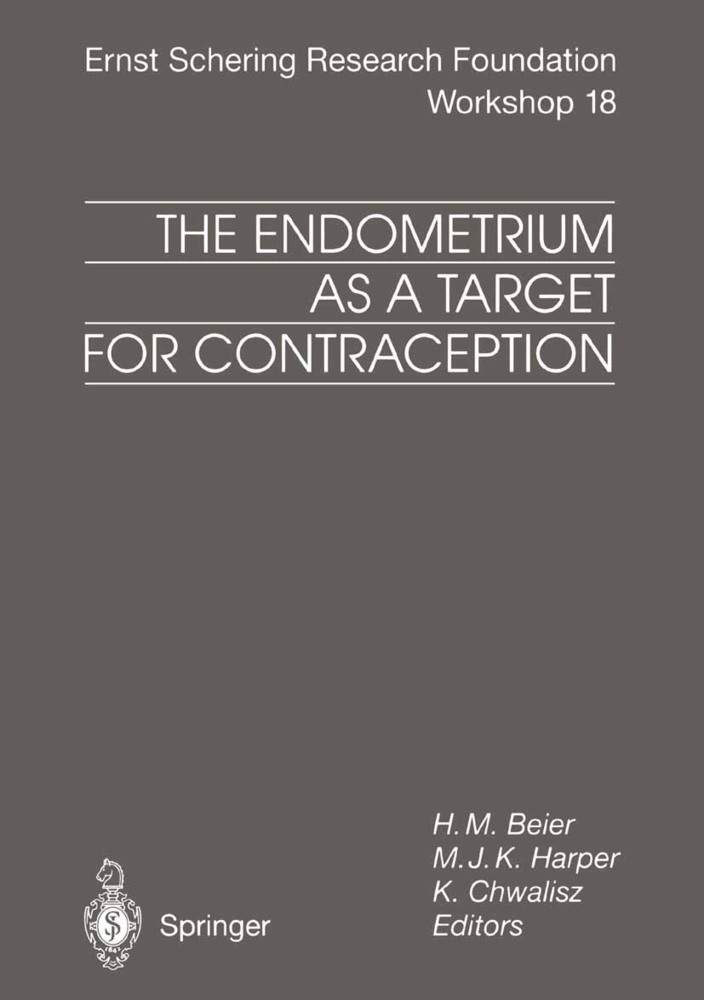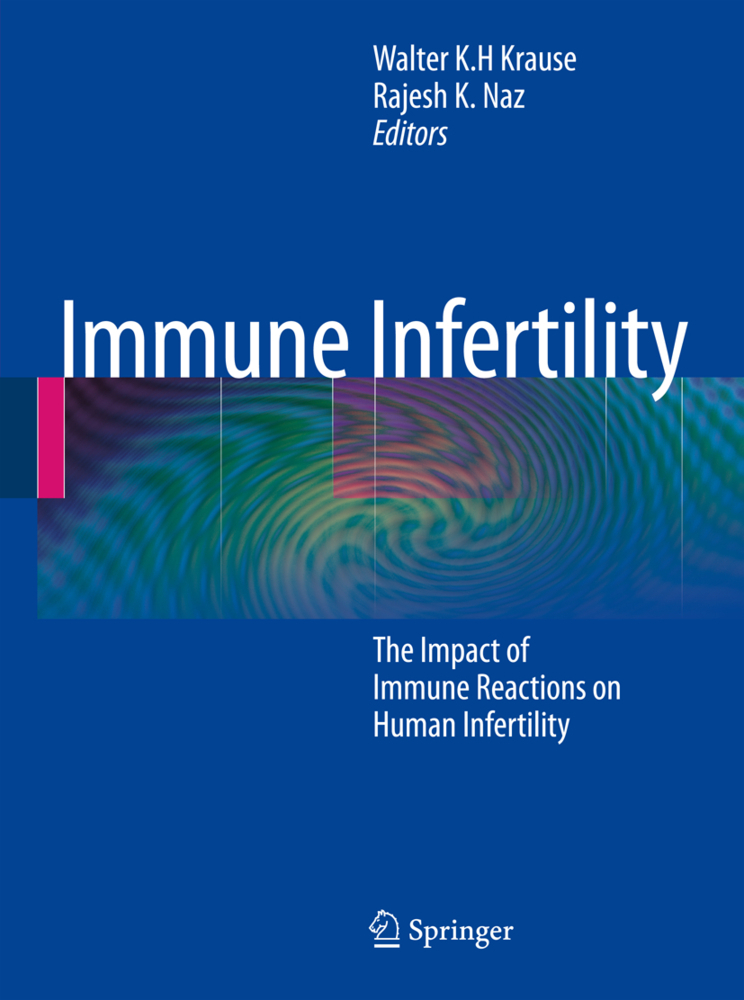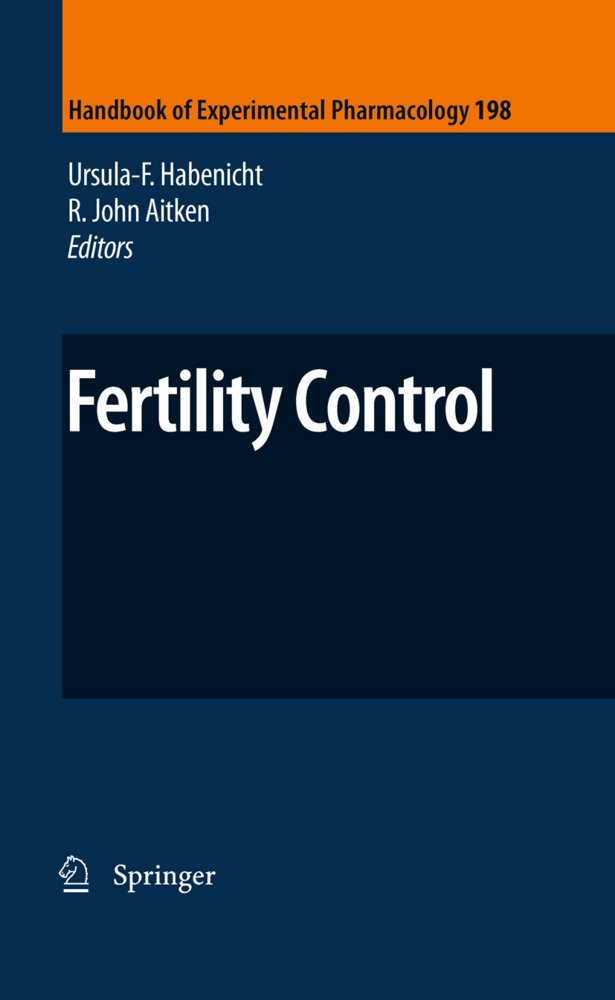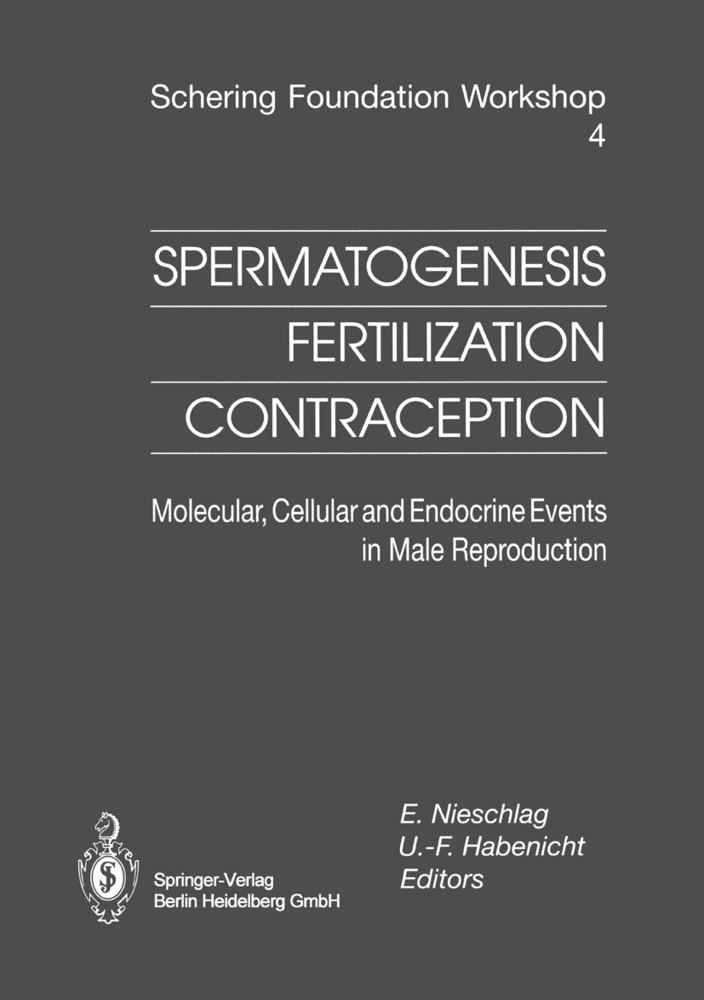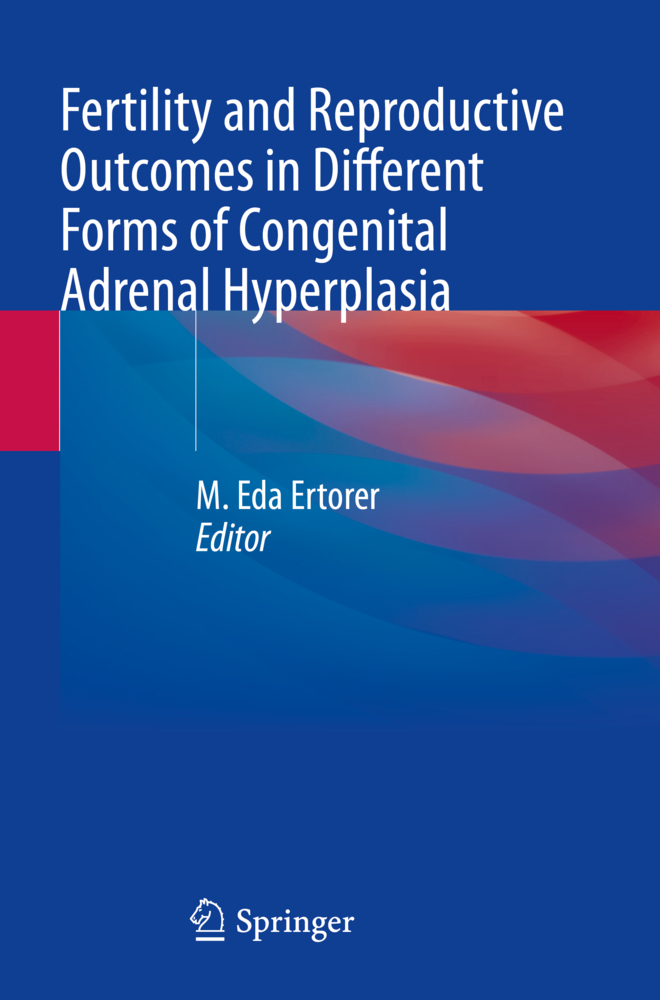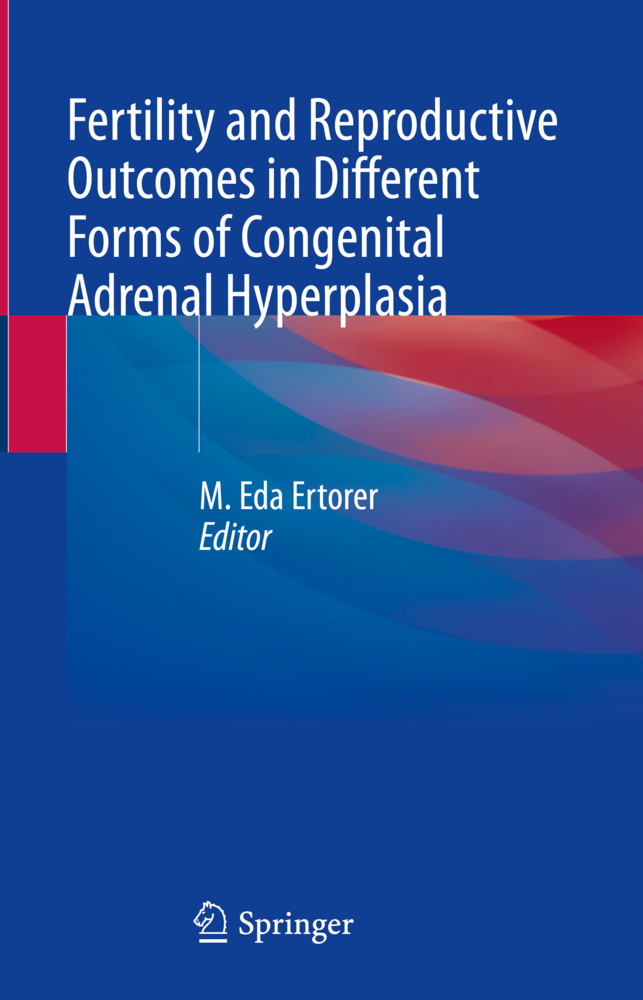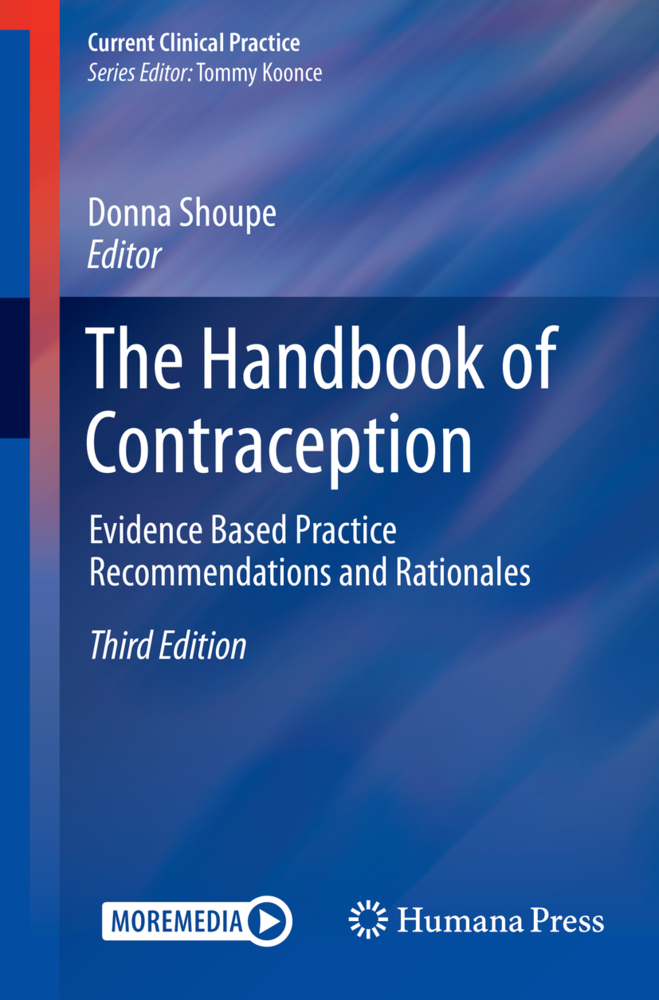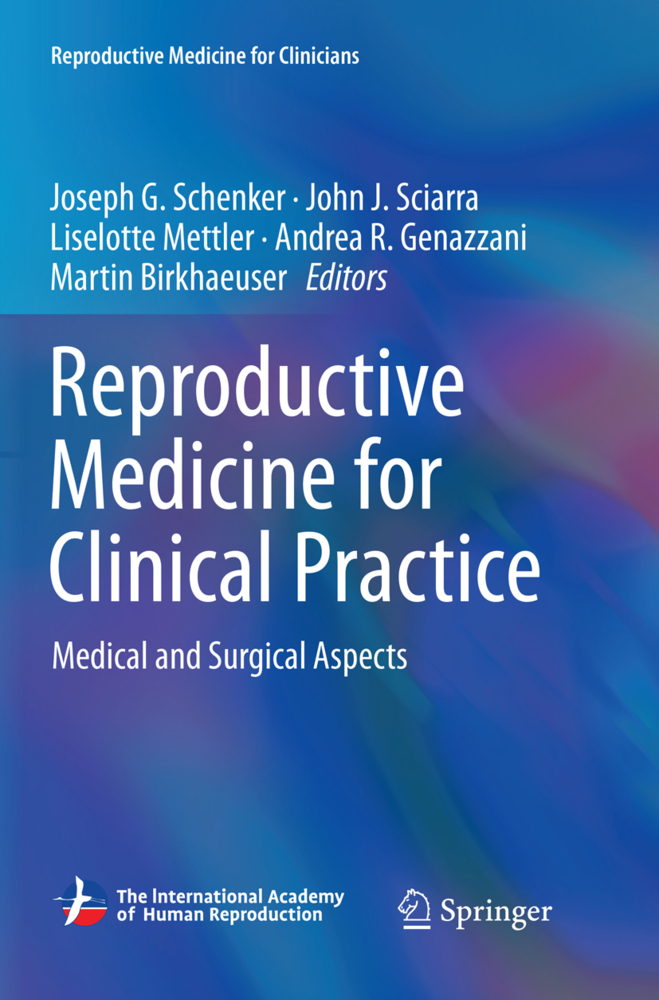The Endometrium as a Target for Contraception
The Endometrium as a Target for Contraception
This book is a summary of the present state of the art in the physiology of both endometrial receptivity and implantation. Although these physiological processes are today considered as limiting factors responsible for both infertility and low gestation rates in patients undergoing assisted reproductive techniques, they may, on the other hand, represent future targets for contraception. Several aspects of endometrial receptivity and implantation are discussed in this book. In the first part, basic aspects of the cell biology of endometrial functions as well as the molecular aspects of endometrial receptivity and implantation are discussed. Subsequently the clinical and experimental approaches to endometrial contraception are considered. Finally, some basic questions are raised pointing to the need for further research in order to gain a better understanding of the implantation process and the development of new contraceptive strategies, including the inhibition of endometrial receptivity. The organizers of the workshop and the editors of the volume hope that this book will encourage both universities and the pharmaceutical industry to initiate and/or continue research on endometrial receptivity and implantation.
3 Cell Biological Aspects of the Implantation Window
4 The Immune System Acting in the Human Endometrium
5 Cytokines and Their Receptors in the Peri-implantation Endometrium
6 Metalloproteinases and Regulation of Endometrial Function
7 Novel Cell Adhesion Molecules: Roles in Implantation?
8 The Glycoprotein MUC1 and Extracellular Matrix Molecules as Markers of Endometrial Differentiation
9 Intrinsic and Extrinsic Hormonal Influences Contributing to Endometrial Receptivity in Normal Reproduction and After Ovum Donation
10 Clinical Significance of Integrin Cell Adhesion Molecules as Markers of Endometrial Receptivity
11 Endometrial Contraception with Progesterone Antagonists: An Experimental Approach
12 Clinical Strategies for the Achievement of Endometrial Contraception with Progesterone Antagonists
Previous Volumes Published in this Series.
1 The Molecular Biology of Progesterone Receptors: Why Are There Two Isoforms?
2 Hormonal Regulation of the Paracrine Growth Factors HGF and KGF in the Endometrium of the Rhesus Macaque3 Cell Biological Aspects of the Implantation Window
4 The Immune System Acting in the Human Endometrium
5 Cytokines and Their Receptors in the Peri-implantation Endometrium
6 Metalloproteinases and Regulation of Endometrial Function
7 Novel Cell Adhesion Molecules: Roles in Implantation?
8 The Glycoprotein MUC1 and Extracellular Matrix Molecules as Markers of Endometrial Differentiation
9 Intrinsic and Extrinsic Hormonal Influences Contributing to Endometrial Receptivity in Normal Reproduction and After Ovum Donation
10 Clinical Significance of Integrin Cell Adhesion Molecules as Markers of Endometrial Receptivity
11 Endometrial Contraception with Progesterone Antagonists: An Experimental Approach
12 Clinical Strategies for the Achievement of Endometrial Contraception with Progesterone Antagonists
Previous Volumes Published in this Series.
Beier, Henning M.
Harper, M. J. K.
Chwalisz, K.
| ISBN | 978-3-662-10325-8 |
|---|---|
| Artikelnummer | 9783662103258 |
| Medientyp | Buch |
| Auflage | Softcover reprint of the original 1st ed. 1997 |
| Copyrightjahr | 2013 |
| Verlag | Springer, Berlin |
| Umfang | XV, 284 Seiten |
| Abbildungen | XV, 284 p. 129 illus., 5 illus. in color. |
| Sprache | Englisch |

